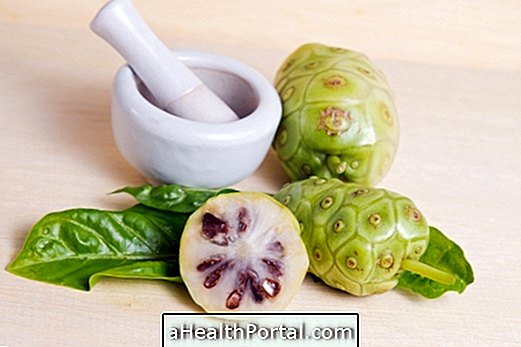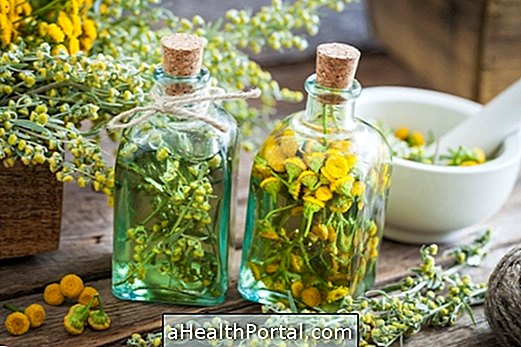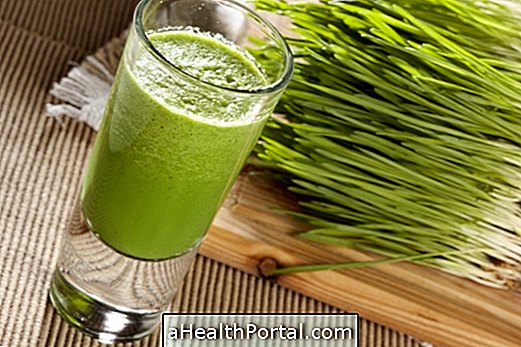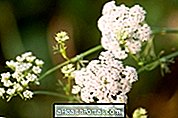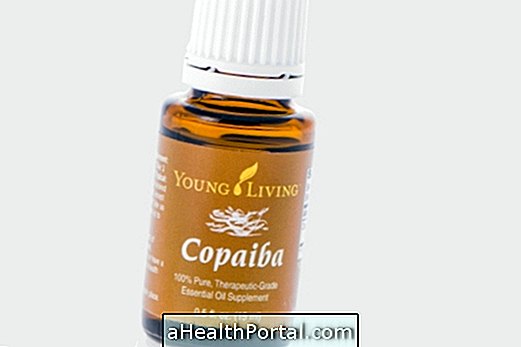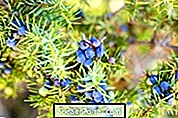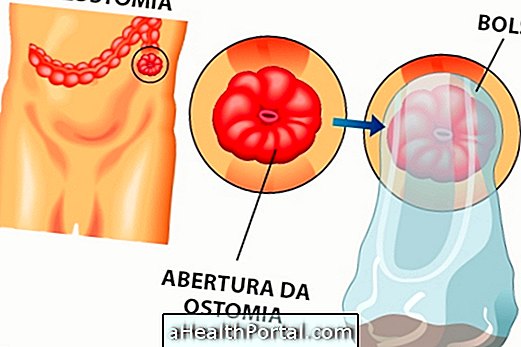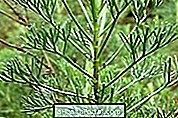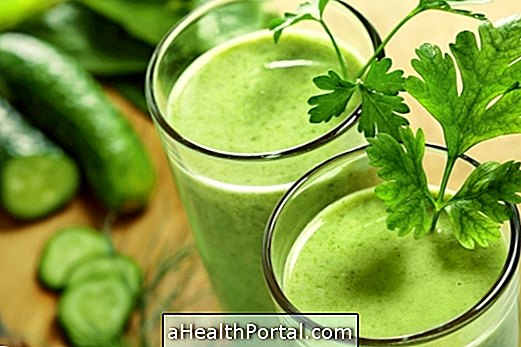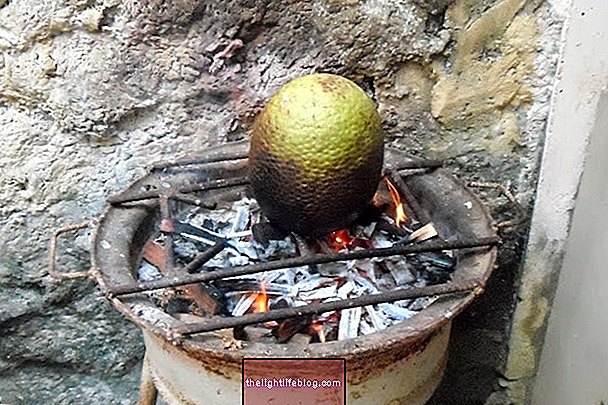The Buriti plant, also known as Muriti, Miriti or palm-of-marshes, is a tall and abundant palm tree in the cerrado, marsh and Amazon region, and produces fruits that are tasty and bring various health benefits such as antioxidant and energetic effects, being rich in calcium, iron, protein, potassium, carotene, carbohydrates and vitamin B and vitamin C.
You can consume the fruit Buriti in natura, as well as in the form of pulps, juices, sweets and ice creams, and can be bought at fairs and markets. Eat fruit it is also possible to make oils that have medicinal value, because they have vermifuge, healing and energetic natural action, besides having moisturizing and energizing properties for the skin and hair, being great to compose beauty products such as creams, soaps and shampoos .
Buriti is also known by the scientific name Mauritia flexuosa, and from this plant it is still possible to get palm hearts, sap and wood, which can bring different uses besides food, such as handicrafts and furniture making, for example.

What is it for
The benefits of Buriti fruit and its oil include stocks:
- Antioxidant, being rich in carotene, being able to prevent aging and diseases like cancer, heart disease and atherosclerosis;
- It increases satiety and stimulates the functioning of the intestine, because it contains fibers;
- Natural energy;
- Antibacterial and vermifuge;
- Moisturizes, strengthens and softens hair;
- Vitalizing, moisturizing and healing skin;
- Smoothing the skin, and may help in the treatment of dermatological diseases, such as Psoriasis.
In addition, because it is rich in vitamin C and antioxidants, Buriti helps to strengthen the immune system. Check out more antioxidant tips to improve health.
Other Buriti utilities
Besides the benefits of its fruit, the Buriti still has many uses, since all its parts can be enjoyed. Buriti can provide edible palm, which is quite tasty, although little known in the gastronomy.
From its leaves, it is possible to produce a fiber widely used in craftsmanship to make bags, hats, rugs, nets, ropes and roof coverings. From the stalk of leaves and wood it is possible to make furniture.
It is also possible to take advantage of its sap, from which one can extract sucrose, and, besides, of its oil and flowers, it is possible to make wines.
